As a home cook or a professional chef, it’s always important to consider the best cooking method for a particular recipe. Saute and stir fry are two popular techniques that you can use for a wide range of dishes.
Both involve cooking food quickly over high heat but there are some key differences between the two methods that could make one a better choice than the other, depending on your needs. Here, we will dive into the key differences between saute vs stir fry, including their definitions, techniques, cooking times, and heat levels.
We will also explore the various ingredients used in each method and their unique flavor profiles. Additionally, we will discuss the health benefits associated with sautéing and stir-frying, as well as provide valuable tips to achieve the best results.
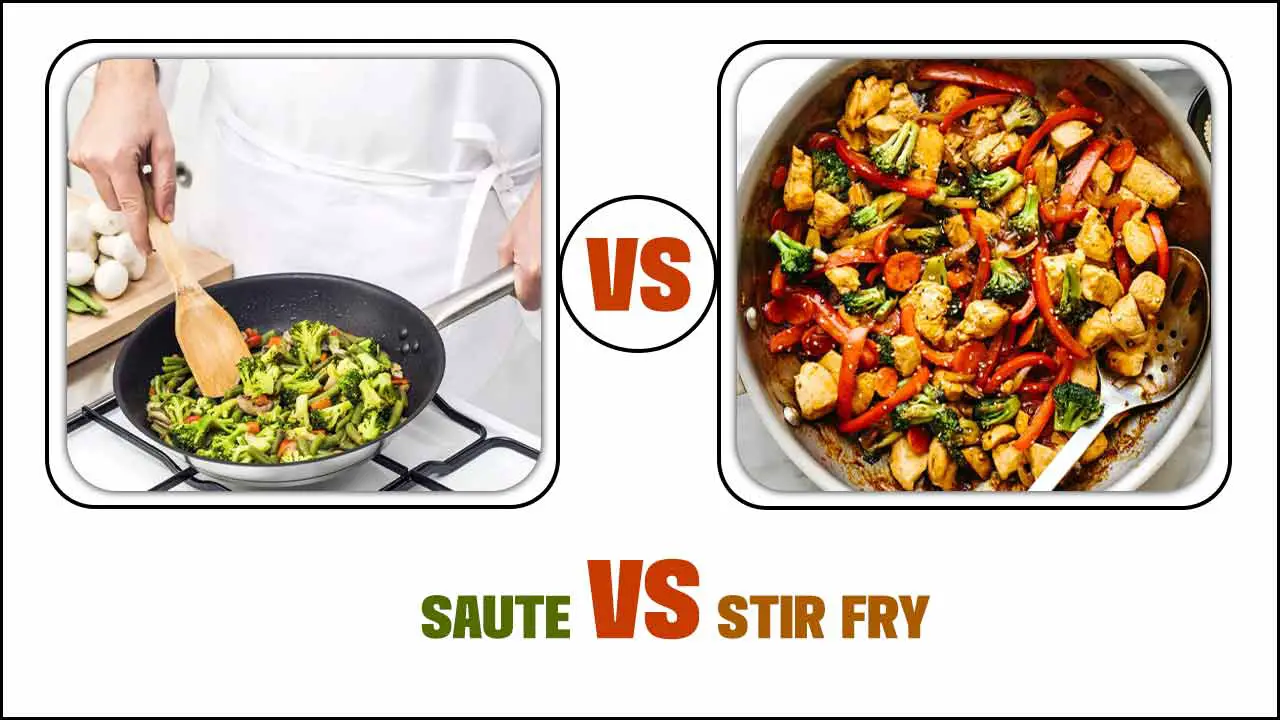
What Is The Difference Between Saute Vs Stir Fry?
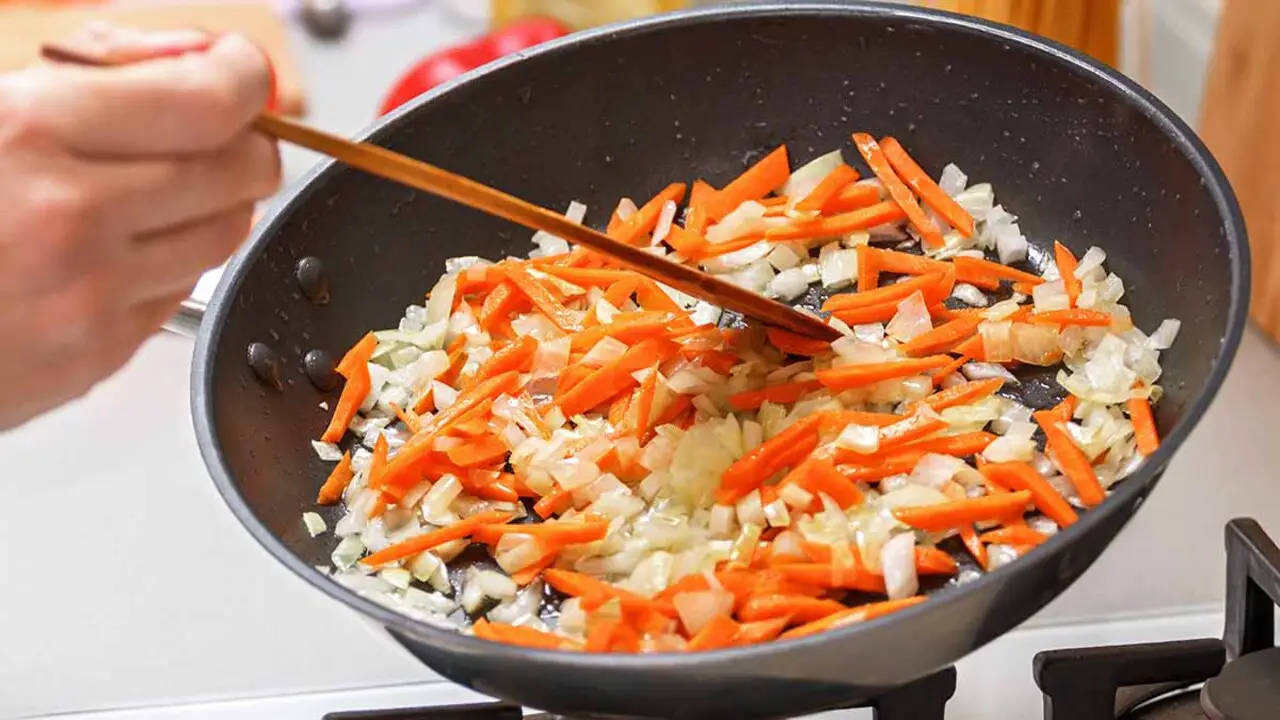
Saute vs stir fry are both cooking methods that involve quickly cooking ingredients in a hot pan. However, there are some key differences between the two techniques. Sauteing typically involves cooking smaller pieces of food in a small amount of fat over high heat. The goal is to brown the food quickly while retaining its texture and moisture.
Stir frying, on the other hand, is a Chinese cooking technique that involves cooking bite-sized pieces of food in a large wok or skillet over high heat. We constantly stir and toss the food to ensure even cooking and prevent sticking. Stir frying often incorporates a variety of ingredients, such as vegetables, meat, and sauces, resulting in bold flavors and vibrant colors.
Definition And Technique Of Sautéing
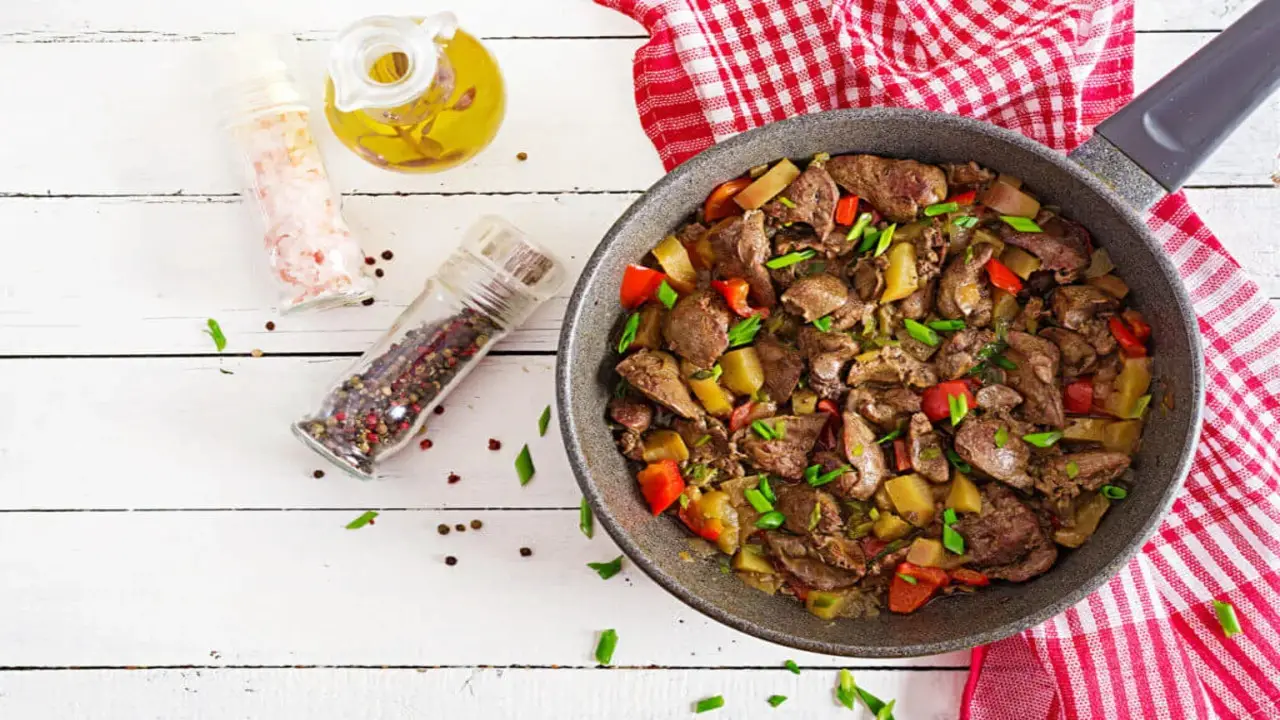
Sautéing is a cooking technique that involves quickly cooking food in a small amount of fat over medium-high heat. It’s commonly handy for delicate ingredients like vegetables, seafood, or thinly sliced meat. You need to constantly stir or flip the food to evenly cook it and prevent burning.
Sautéed dishes often have a lightly browned exterior while retaining their natural texture and flavor. This method is perfect for busy weeknight meals due to its high heat and quick cooking time. You can sauté in a skillet, wok, or sauté pan by using a small amount of oil or clarified butter.
Definition And Technique Of Stir-Frying
Stir-frying is a cooking method that involves quickly cooking food in a small amount of oil over high heat. Originating from China, this technique is popular for its constant tossing and stirring of ingredients.
Stir-frying allows ingredients to retain their crispness and vibrant colors, making it a versatile method for proteins, vegetables, and sauces. It is a popular cooking method in various Asian cuisines such as Chinese, Thai, and Korean. By using high heat and constant motion, stir-frying brings out the flavors and textures of the ingredients.
Differences In Cooking Method And Equipment Used
Sautéing involves quickly cooking food in a small amount of oil or fat. While stir-frying utilizes high heat and continuous tossing. You typically sauté in a skillet or sauté pan, while you need a wok or large, flat-bottomed pan to stir-fry. Sautéing is commonly handy for browning or searing ingredients.
While stir-frying is prevalent in Asian cuisine for quick and even cooking. Sautéing results in food that retains its natural texture and shape, while stir-frying creates a softer and more blended consistency. The choice between sautéing and stir-frying depends on cooking time, flavor profile, and ingredient type.
Cooking Times And Heat Levels For Sautéing Vs Stir-Frying
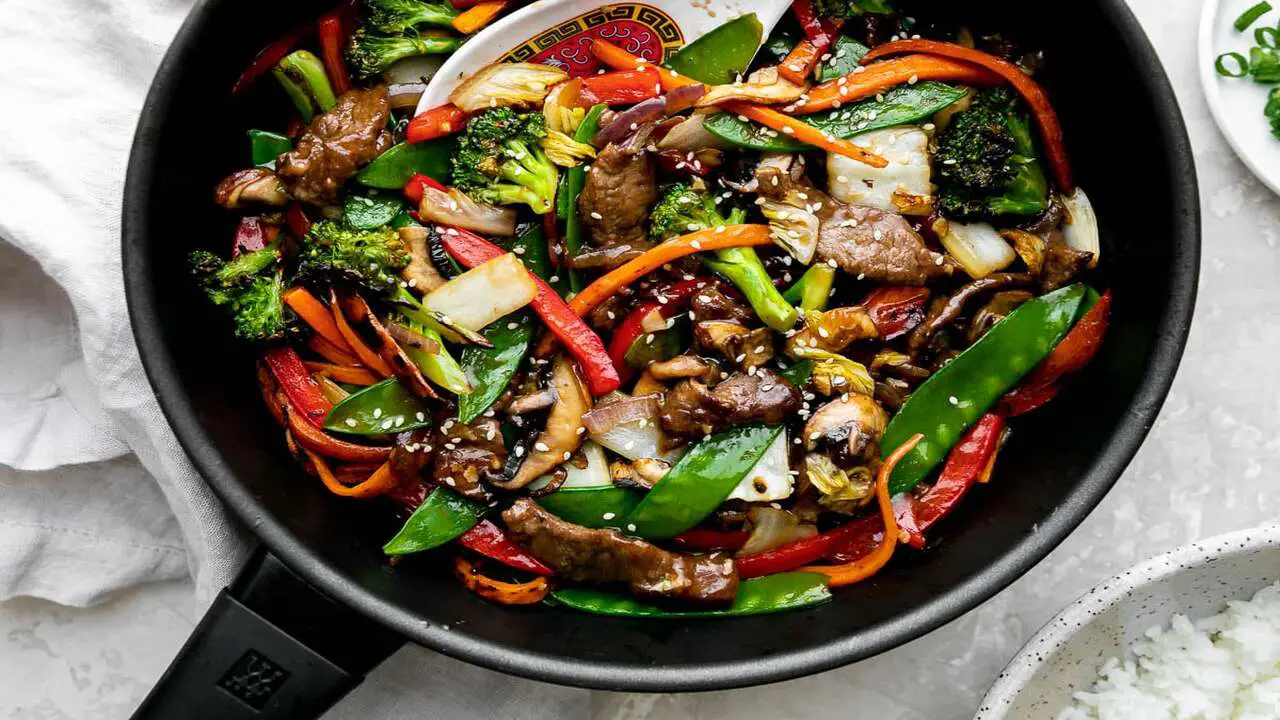
Sautéing involves quick cooking over medium to high heat for a shorter period. While stir-frying requires high heat, constant stirring, and fast cooking to retain the crunchiness of the ingredients.
Sautéing is ideal for delicate ingredients that need gentle cooking, whereas stir-frying is great for cooking meats and vegetables that need to be cooked quickly while retaining their texture. The choice between sautéing and stir-frying depends on the desired outcome and the ingredients being handy.
Common Ingredients Used In Sautéing And Stir-Frying
Sautéing commonly incorporates ingredients like garlic, onions, and mushrooms for added flavor. On the other hand, stir-frying often includes bell peppers, broccoli, and snap peas to achieve a crunchy texture.
Both methods allow for the inclusion of proteins such as chicken, beef, or tofu, making it a complete meal. When sautéing or stir-frying, oils with high smoke points, like vegetable or peanut oil. The choice of ingredients depends on personal preference and the desired flavor profile.
Flavor Profiles And Cultural Influences Of Sautéing And Stir-Frying
The cooking techniques of sautéing and stir-frying may seem similar, but they have distinct flavor profiles and are influenced by different culinary traditions. Sautéing is a French cooking technique that involves quickly cooking food in a small amount of fat over high heat.
This method allows for browning and caramelization, resulting in rich flavors and textures. On the other hand, stir-frying is a Chinese cooking technique that involves tossing ingredients in a hot wok or skillet with oil. Stir-frying emphasizes speed and maintaining the natural flavors and colors of the ingredients.
It typically uses high heat and constant stirring to achieve crispness while preserving the freshness of vegetables. Both techniques offer delicious results, but understanding their unique characteristics can help you choose the right method for your desired dish.
Health Benefits Of Sautéing And Stir-Frying
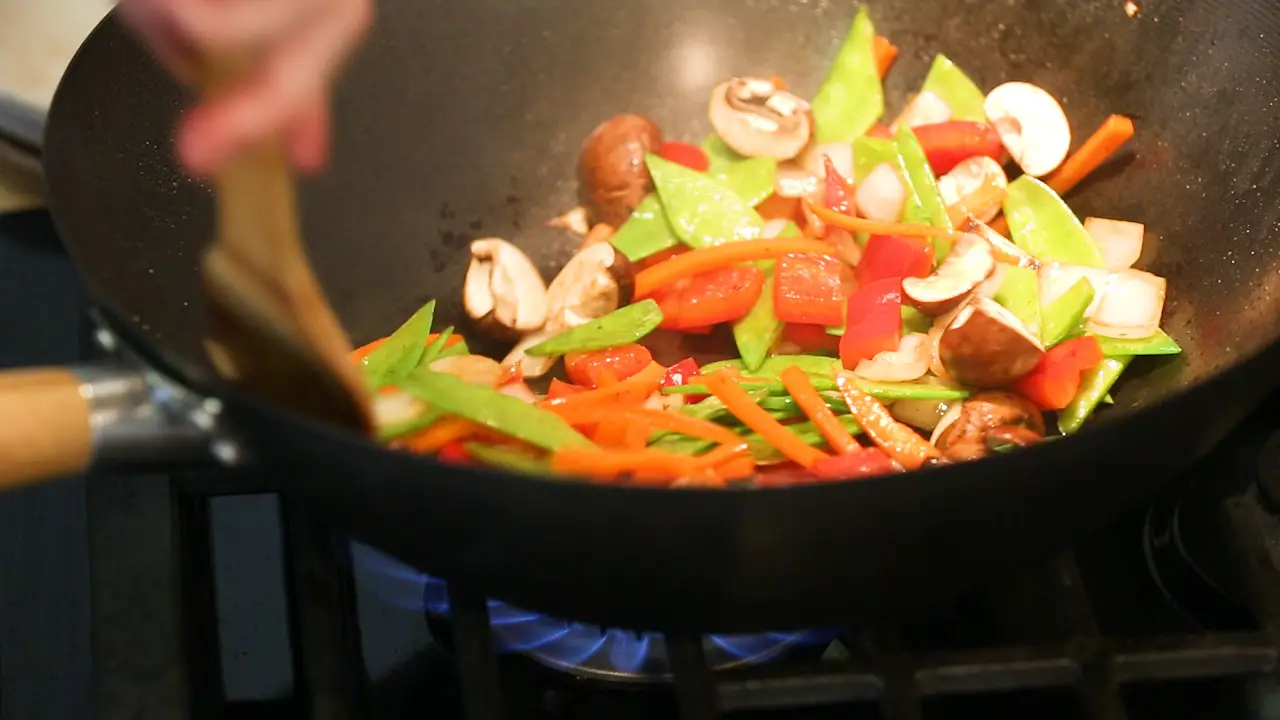
Sauteing is a cooking technique that involves cooking food in a small amount of butter or oil until its edges are lightly browned and crispy. Stir-frying is a cooking technique that involves cooking food in a large amount of oil until its edges are browned and crispy.
Sauteing and stir-frying are both popular cooking methods that can add flavor and texture to your dishes. While they may seem similar, there are some key differences between the two techniques.
Benefits of sauteing:
- Retains Nutrients: Sauteing quickly cooks vegetables, helping them retain their natural vitamins and minerals.
- Enhances Flavors: The high heat of sauteing caramelizes the sugars in vegetables, resulting in a rich, savory taste.
- Versatility: You can saute a variety of ingredients, making it a versatile cooking method for meats, seafood, and vegetables.
- Quick And Convenient: Sauteing is a fast cooking method that requires minimal preparation time, making it perfect for busy weeknight meals.
Benefits of stir-frying:
- Retains Crispness: Stir-frying uses high heat and quick cooking times to preserve the crispness of vegetables, resulting in a satisfying crunch.
- Preserves Nutrients: Stir-frying involves minimal cooking time, allowing vegetables to maintain their nutritional value.
- Adds Variety: Stir-frying allows you to mix different ingredients together, creating unique flavor combinations and textures.
- Promotes Portion Control: Because stir-fried dishes typically contain a variety of colorful vegetables, they can help promote portion control by filling up your plate with nutrient-rich options.
Whether you choose to saute or stir-fry, both methods offer health benefits and can be delicious ways to prepare your meals. Experiment with different ingredients and techniques to find what works best for you and your taste preferences.
Tips For Achieving The Best Results When Sautéing Or Stir-Frying
In cooking, sauteing and stir frying are two different methods of cooking food in a pan. Both methods involve cooking food over medium to high heat, but the main difference between them is that sauteing involves flipping the food frequently, whereas stir frying involves stirring the food continuously.
When it comes to cooking techniques, sautéing and stir-frying are often used interchangeably, but there are some key differences between the two. Here are some tips for achieving the best results when sautéing or stir-frying:
- Heat: Both sautéing and stir-frying require high heat, but stir-frying typically requires a higher heat setting to quickly cook the ingredients.
- Oil: Sautéing usually involves using a small amount of oil or butter to lightly coat the pan, while stir-frying requires more oil to ensure that the ingredients do not stick to the pan.
- Size Of Ingredients: When sautéing, it is common to use smaller pieces of food that cook quickly and evenly. Stir-fries often include larger pieces of vegetables or meat that retain their texture and flavor.
- Cooking Time: Sautéing is a quick cooking method that involves tossing the ingredients in the hot pan for just a few minutes until they are lightly browned and cooked through. Stir-frying requires continuous stirring and tossing of the ingredients for a longer period of time to achieve a crisp texture.
- Seasonings: Both sautéing and stir-frying can be seasoned with various herbs, spices, sauces, or marinades to add flavor to the dish. However, stir-fries often have bolder flavors due to longer cooking times and more intense seasonings.
By keeping these tips in mind, you can make informed decisions about whether to sauté or stir-fry your ingredients based on your desired outcome and flavor profile.
Recipe Ideas For Both Sautéed And Stir-Fried Dishes
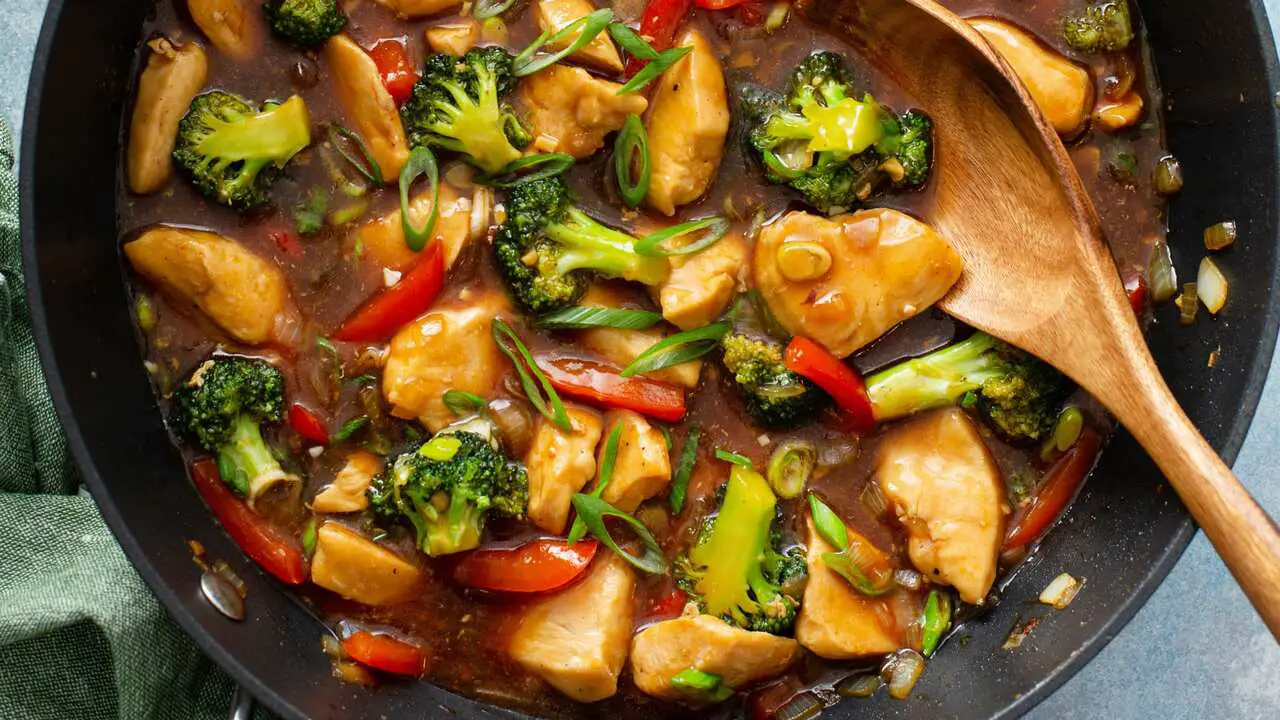
When it comes to cooking techniques, sautéing and stir-frying are two popular methods that can help you create delicious and flavorful dishes. While they may seem similar, there are some key differences between the two. Sautéing involves cooking food quickly in a small amount of oil or fat over high heat.
This method is great for browning meat or vegetables and can be used to create dishes like sautéed mushrooms or chicken piccata. On the other hand, stir-frying involves cooking food rapidly in a wok or skillet with a small amount of oil and constant stirring.
This technique is commonly used in Asian cuisine and is perfect for creating dishes like stir-fried noodles or vegetables. So whether you prefer the quick browning of sautéing or the vibrant flavors of stir-frying, both techniques offer endless possibilities for creating delicious meals in your own kitchen.
Conclusion
Both saute vs stir fry are versatile cooking methods that bring out unique flavors and textures in your dishes. The main difference lies in the technique, equipment used, and heat levels. Sautéing involves cooking small pieces of food quickly in a shallow pan with high heat, while stir-frying requires a wok or a deep pan and involves tossing and stirring ingredients over high heat.
Whether you choose sautéing or stir-frying depends on your personal preference and the specific dish you’re preparing. Both methods offer delicious and healthy options, allowing you to experiment with various ingredients and flavors. So, next time you’re in the kitchen, consider trying out a sautéed or stir-fried dish and savor the amazing results.
Frequently Asked Questions
1.What Is The Difference Between Sautéing And Stir-Fry?
Ans: Sautéing involves quickly cooking food in a small amount of fat on the stovetop, while stir-frying is a Chinese technique that uses a hot wok and constant stirring. The main difference lies in the type of pan used and the level of heat applied.
2.Are Sauté And Stir-Frying Basically The Same Cooking Methods?
Ans: To sauté and to stir-fry may seem similar, but there are key differences. Sautéing involves quick cooking in a small amount of fat over high heat, while stir-frying uses a wok and more oil. Both methods require high heat and quick cooking, but stir-frying includes a wider range of ingredients.
3.What Are The Similarities Between Sautéing And Stir-Frying?
Ans: Both sautéing and stir-frying involve quickly cooking food in a hot pan. They require small, evenly cut ingredients and high heat for browning and caramelization. Both techniques can be used to cook vegetables, meat, and seafood.
4.What Is Sautéing, And How Do You Do It?
Ans: Sautéing is a quick and high-heat cooking method that involves cooking food in a small amount of oil or fat. Heat a skillet, add oil or butter, and cook your ingredients while stirring frequently. It’s perfect for vegetables, meat, seafood, and tofu.
5.Would That Be Considered Pan Frying?
Ans: Pan frying is a different cooking technique than sautéing and stir-frying. While both sautéing and stir-frying involve high heat and quick cooking, pan frying typically involves cooking food in oil or fat in a shallow pan over medium to high heat. The main difference lies in the constant tossing or stirring required for sautéing and stir-frying.

I’m a writer and blogger who loves to talk about entertainment, culture, and relationships. I love to share my thoughts and insights on these topics, and I’m always looking for new ways to engage with my readers. I’m also a big fan of learning new things, so I’m always exploring new areas of interest.
